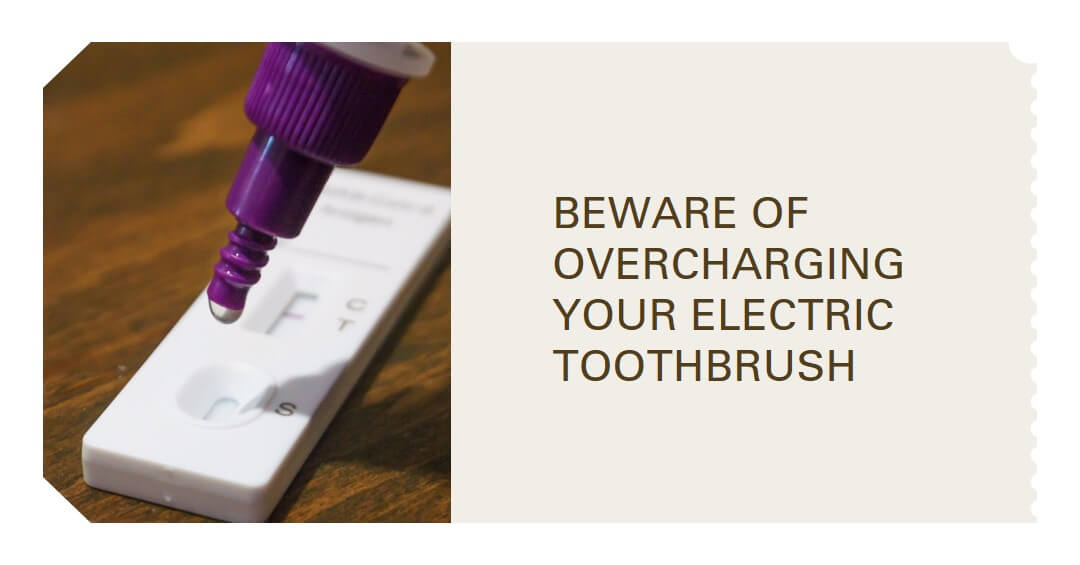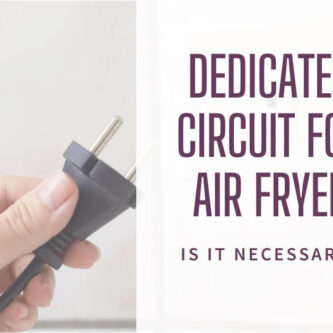Image: “Article Feature Image” by Bing is licensed under CC BY-NC-SA 4.0. Source: Bing Graphic Art. License: CC BY-NC-SA 4.0.
Electric toothbrushes have become increasingly popular for their ability to provide effective and efficient oral hygiene.
However, proper charging practices are essential to ensure their longevity and safe usage. Overcharging an electric toothbrush can lead to battery damage, safety hazards, and potential warranty concerns.
How Electric Toothbrushes Are Charged
Electric toothbrushes can be charged through various methods, such as inductive charging or USB charging.
These charging methods are accompanied by indicators, including LED lights or battery level indicators, to indicate the charging status.
Potential Risks of Overcharging
Overcharging an electric toothbrush can cause harm in several ways. Firstly, it can damage the battery, leading to a decreased battery life and reduced performance. This means that the toothbrush may not hold a charge for as long or provide the same level of cleaning effectiveness.
Furthermore, overcharging poses safety hazards such as the risk of fire and potential electrical damage.
Over time, excessive charging can cause the battery to become overheated, which can be dangerous.
Additionally, overcharging may void the warranty of the electric toothbrush, resulting in potential costs for repair or replacement.
Using chargers specifically designed for the toothbrush and monitoring the charging time are also recommended.
If overcharging does occur, it is crucial to disconnect the charger, inspect the toothbrush and battery for damage, and contact the manufacturer or customer support for further guidance.
Signs of Overcharging
Several signs can indicate that an electric toothbrush is being overcharged. These signs include extended charging time, overheating, a swollen or bloated battery, reduced battery performance, and irregular or inconsistent charging.
Steps to Prevent Overcharging
To prevent overcharging, it is important to follow some key steps. Reading the user manual and adhering to the manufacturer’s instructions are crucial.
Additionally, avoiding constantly leaving the toothbrush plugged in, using chargers specifically designed for the toothbrush, and monitoring the charging time are essential practices.
Read also my article: Voltage Vortex: How Overvoltage Can Damage Your Electric Toothbrush.
What to Do If Overcharging Occurs
If overcharging does occur, there are steps to take to mitigate the situation. Immediately disconnect the charger, carefully examine the toothbrush and battery for any signs of damage, and contact the manufacturer or customer support for guidance. Following any recommended troubleshooting steps is also advisable.
Conclusion
Proper care and maintenance of electric toothbrushes are essential for optimal performance and longevity.
By understanding the potential risks of overcharging and implementing preventive measures, users can ensure the safety and effectiveness of their electric toothbrushes.
Responsible charging practices will not only protect the battery and device but also provide a more satisfying oral hygiene experience.
you work With Electricity! Don’t leave empty-handed!
Looking to stay ahead of the game in the world of electrical engineering? Subscribe to my YouTube channel and gain access to exclusive content you won’t find anywhere else!
The staff I recommend (Amazon Affiliate Links to products I believe are high quality):
- Economy 120 Volt/60Hz AC Power Source – Step-Down Voltage & Frequency Converters 1800W
- UNI-T Digital Multimeter Tester UT139C
- 50-Amp Extension Cord for RV “100ft”
- Voltage Stabilizer 110/220v
- Hair Dryer “best selling“
- TOSHIBA EM131A5C-BS Countertop Microwave Ovens
Disclaimer: This contains affiliate links to Amazon products. I may earn a commission for purchases made through these links.





